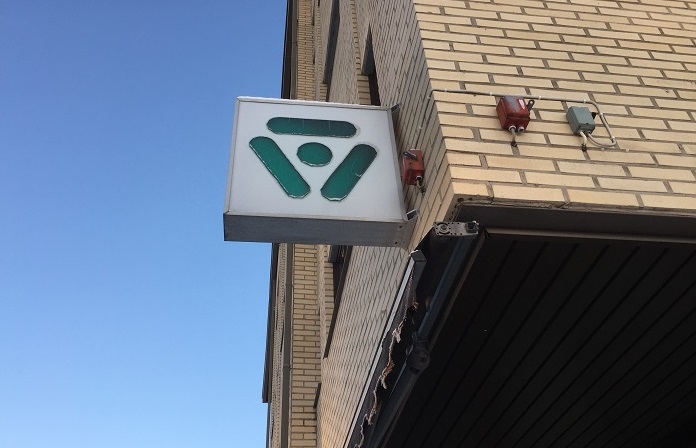25% of 2018 unemployed had no post-basic education
Published : 17 Dec 2019, 14:04
Most unemployed relative to the labour force was found among those with qualifications in the fields of arts and humanities, technology and service industries at the end of 2018, according to the preliminary data of Statistics Finland's employment statistics.
There were least unemployed in relative terms among persons with qualifications in education and in health and welfare. One-quarter of the unemployed had no post-basic level educational qualification or qualification data was unknown, and for one in two the highest qualification was an upper secondary level qualification.
At the end of 2018, there were 256,500 unemployed job seekers. Around one-quarter of the unemployed had no post-basic level educational qualification or qualification data was unknown 1) . For 40 percent of the unemployed, the most recent highest qualification was an upper secondary level initial vocational qualification. Around one-fifth of the unemployed had completed at least a lowest level tertiary qualification.
When examining the number of unemployed relative to the labour force (i.e. the employed and unemployed) of the same age and education in the same field, there were most unemployed people in arts and humanities. Nearly 12 percent of the labour force in these fields were unemployed. Second most unemployed persons were found in the fields of technology and services. There were least unemployed persons in relative terms in the field of education, where close on four percent of the labour force was unemployed. There were nearly as few unemployed relative to the labour force with qualifications in the field in question in health and welfare.
Of qualifications completed by the unemployed in arts and humanities, 42 percent were upper secondary level initial vocational qualifications. The second most common were higher university degrees, which good one-quarter of the unemployed with qualifications in the field had completed. A lot of higher university degrees had been completed, for example, in languages and in the fields of history and archaeology. The most common qualifications were Artisan, Crafts and Design, Vocational Qualification (2,054 unemployed), Audiovisual Communication, Vocational Qualification (1,204 unemployed), Bachelor of Culture and Arts (Polytechnic), Media (744 unemployed) and Master of Arts (art and design) (540 unemployed).
Seventy-eight percent of technology qualifications were initial vocational qualifications. Within technology fields, the commonest field of education of the unemployed was construction and building design. Nearly 14,500 unemployed had a qualification in this field. The second most common field was mechanics and metal industry (13,000 unemployed). The most common qualifications were Construction, Vocational Qualification (4,659 unemployed), Metalwork and Machinery, Vocational Qualification (3,565 unemployed) and Vehicle Technology, Vocational Qualification (2,862 unemployed).
Good three-quarters (78%) of service industry qualifications completed by the unemployed were initial vocational qualifications and good one-tenth (12%) were further vocational qualifications. Within service industries, the commonest field of education was hospitality (12,100 unemployed). The second most common fields were household services (3,800 unemployed) and transport services (3,700 unemployed). The most common qualifications were Hospitality and Catering, Vocational Qualification (2,930 unemployed), Logistics, Vocational Qualification (2,282 unemployed) and Institutional Cleaning, Further Qualification (1,133 unemployed).


